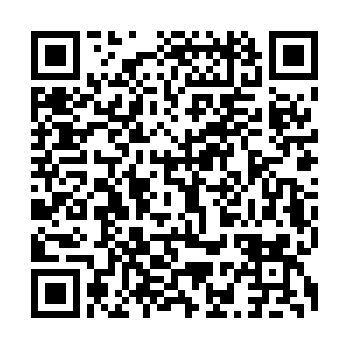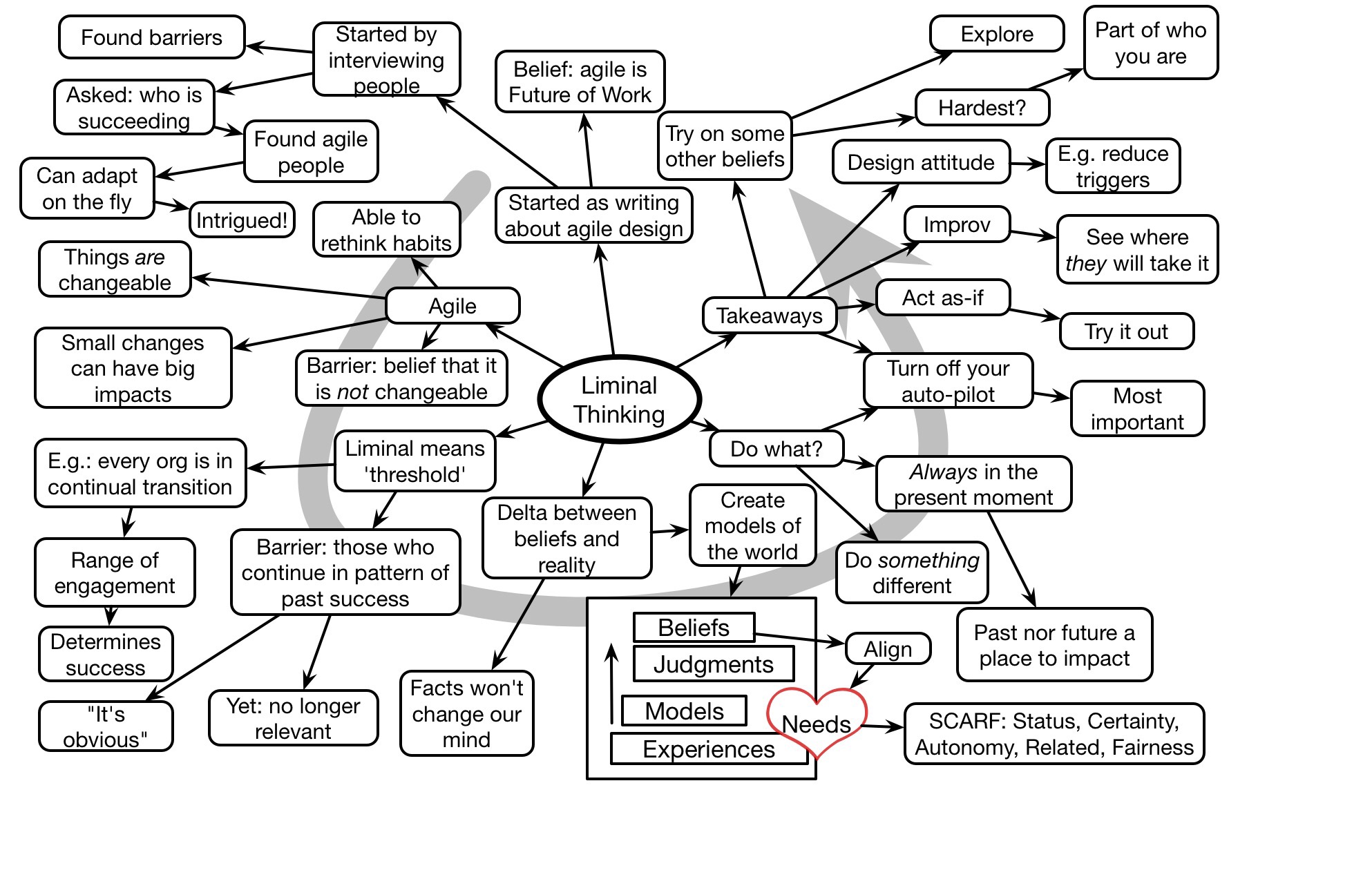We’re hearing more and more about AR (Augmented Reality), and one of it’s core elements is layering information on top of the world. But in a conversation the other night, it occurred to me that we could push that information to be even more proactive in facilitating learning. And this comes from the use of models.
The key idea I want to leverage is the use of models to foster is the use of models to predict or explain what happens in the world. As I have argued, models are useful to guide our performance, and in fact I suggest that they’re the best basis to give people the ability to act, and adapt, in a changing world. So the ability to develop the ability to use them is, I would suggest, valuable.
Now, with AR, we can annotate the world with models. We can layer on the conceptual relationships that underpin the things we can observe, so showing flow, causation, forces, constraints, and more. We can illustrate tectonic forces, represent socio-economic data, physical properties, and so on. The question is, can we not just illuminate them, but can we ‘exercise’ them. ?
Imagine that when we presented this information, we asked the learner to make an inference based upon the displayed model. So, for instance, we might ask them, presented with a hypothetical or historical situation to accompany the model, to explain why it would have occurred. Similarly, we could ask them to predict, based upon the model, the outcome of some perturbation.
In short, we’re not only presenting the underlying relationship, but asking them to use it in a particular context. This is what meaningful practice is all about, and we can use the additional information from the AR overlay as scaffolding to support acquiring not just information but the ability to use it.
Now, motivated and effective self-learners wouldn’t need this additional level of support, but there are plausible situations where it would make sense. Another extension would be to ask learners to create a particular change of state (as long as the consequences are controllable). While the addition of information in the world can be helpful, developing that understanding through action could be even more powerful. That’s where my thinking was going, anyway, where does this lead you?

 One of the ongoing barriers, however, was the rolling. Really, you want to dip the tortillas in the sauce before you roll them. Diana Kennedy (early source for Comida Mexicana) says you’re supposed to dip them in sauce and then in hot oil, but it’s too messy and even more work. It really slows things down. The question was, is it necessary? Diana Kennedy had also talked about some versions used stacked tortillas, and I finally decided to try it out. I made a batch where I placed the tortillas as a layer, then layered the other ingredients (onions, meat, cheese, and napping with some of the sauce). (Put some sauce in the bottom to keep the tortillas from sticking.) I broke up the tortillas in a way that made it easy to cover. The kids complained about them not being rolled, but I loved how much faster and easier it was. And they tasted just fine. I was sold.
One of the ongoing barriers, however, was the rolling. Really, you want to dip the tortillas in the sauce before you roll them. Diana Kennedy (early source for Comida Mexicana) says you’re supposed to dip them in sauce and then in hot oil, but it’s too messy and even more work. It really slows things down. The question was, is it necessary? Diana Kennedy had also talked about some versions used stacked tortillas, and I finally decided to try it out. I made a batch where I placed the tortillas as a layer, then layered the other ingredients (onions, meat, cheese, and napping with some of the sauce). (Put some sauce in the bottom to keep the tortillas from sticking.) I broke up the tortillas in a way that made it easy to cover. The kids complained about them not being rolled, but I loved how much faster and easier it was. And they tasted just fine. I was sold.